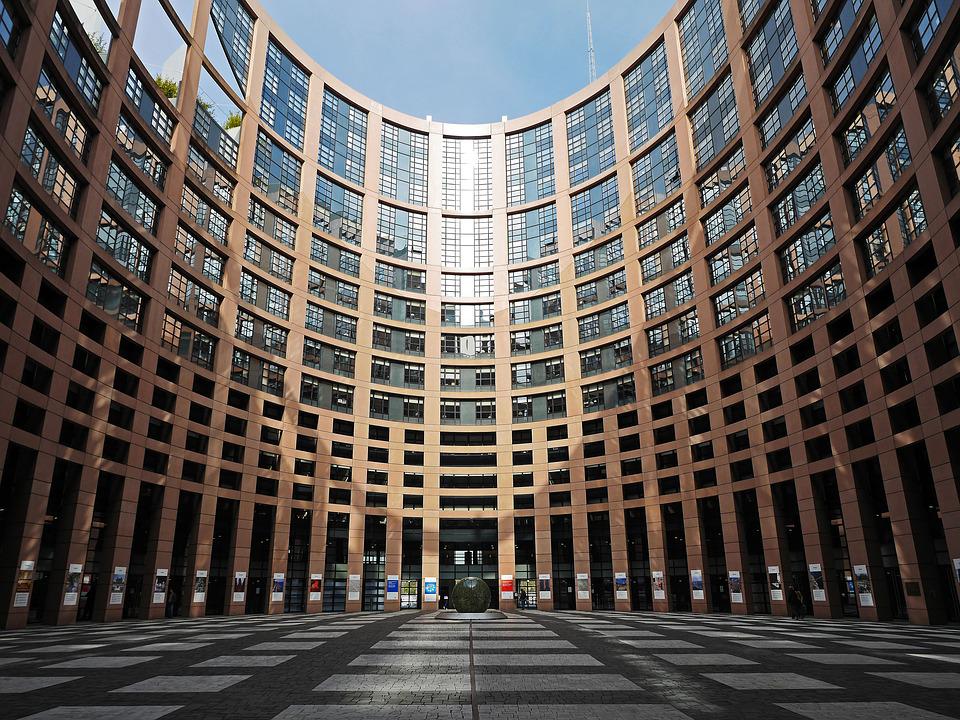Leaders of the European Union have been at odds over their new round of sanctions that would look to ban imports of Russian oil into the region as punishment to Moscow for its invasion of Ukraine. The bloc came to an agreement this week, banning most Russian oil imports in the region by the end of the year.
In a report by Reuters, the leaders of the European Union agreed in principle to cut off 90 percent of Russian oil imports by the end of the year. The decision resolves the bloc’s deadlock with Hungary over what is believed to be the strictest sanction on Russia since its invasion of Ukraine in February.
Diplomats said that the agreement would open the door for other aspects of the sixth round of EU sanctions on Russia to come into effect, including cutting off Russia’s largest bank, Sberbank, from the SWIFT messaging platform.
“Agreement to ban export of Russian oil the EU,” tweeted European Council President Charles Michel during the first of the two-day summit of the 27 leaders that make up the EU. “This immediately covers more than ⅔ of oil imports from Russia, cutting a huge source of financing for its war machine. Maximum pressure on Russia to end the war.”
Prior to the decision by the EU, Ukrainian President Volodymyr Zelenskyy criticized the EU leaders for being too soft on Russia when the embargo remained uncertain.
Zelenskyy questioned why the bloc was dependent on Russia when the opposite should be the case, noting that Russia continues to earn one billion Euros a day by selling its energy products.
With its failure to capture Ukraine’s capital Kyiv and its surrounding cities, Russian forces are reportedly advancing through the center of the Donbas region, according to Reuters. This comes as Moscow seeks to take control over Ukraine’s southern and eastern territories.
The regional governor said Russian forces are advancing towards Severdonetsk. Luhansk governor Serhiy Gaidai said that around 15,000 civilians remain in Severodonetsk as most of the region’s population of 120,000 already fled the area that was under bombardment by Russians.



 Trump and Lula Discuss Trade, Sanctions, and Security in “Productive” Phone Call
Trump and Lula Discuss Trade, Sanctions, and Security in “Productive” Phone Call  New Orleans Immigration Crackdown Sparks Fear as Federal Arrests Intensify
New Orleans Immigration Crackdown Sparks Fear as Federal Arrests Intensify  Maduro Confirms “Respectful” Call With Trump, Signals Openness to Diplomatic Dialogue
Maduro Confirms “Respectful” Call With Trump, Signals Openness to Diplomatic Dialogue  Drones Spotted Near Zelenskiy’s Flight Path in Ireland Trigger Security Alert
Drones Spotted Near Zelenskiy’s Flight Path in Ireland Trigger Security Alert  Australia Progresses AUKUS Review as U.S. Affirms Strong Support
Australia Progresses AUKUS Review as U.S. Affirms Strong Support  U.S.-Russia Talks Leave Ukraine Peace Efforts Uncertain
U.S.-Russia Talks Leave Ukraine Peace Efforts Uncertain  California Launches Portal for Reporting Alleged Misconduct by Federal Immigration Agents
California Launches Portal for Reporting Alleged Misconduct by Federal Immigration Agents  Senators Warn Trump Against Unauthorized Venezuela Strike, Vow War Powers Push
Senators Warn Trump Against Unauthorized Venezuela Strike, Vow War Powers Push  Trump Pardons Former Honduran President Juan Orlando Hernández in Controversial Move
Trump Pardons Former Honduran President Juan Orlando Hernández in Controversial Move  Israel Receives Body of Deceased Hostage as Rafah Crossing Reopening Hinges on Final Returns
Israel Receives Body of Deceased Hostage as Rafah Crossing Reopening Hinges on Final Returns  China Urged to Prioritize Economy Over Territorial Ambitions, Says Taiwan’s President Lai
China Urged to Prioritize Economy Over Territorial Ambitions, Says Taiwan’s President Lai  Putin Concludes High-Level Talks With Trump Envoy on Ending Ukraine Conflict
Putin Concludes High-Level Talks With Trump Envoy on Ending Ukraine Conflict  Trump Warns Drug-Trafficking Nations as Colombia’s Petro Issues Strong Rebuttal
Trump Warns Drug-Trafficking Nations as Colombia’s Petro Issues Strong Rebuttal  U.S. Defense Chief Pete Hegseth Defends Controversial Second Strike on Suspected Drug-Smuggling Vessel
U.S. Defense Chief Pete Hegseth Defends Controversial Second Strike on Suspected Drug-Smuggling Vessel  Trump Administration Halts Immigration, Green Card, and Citizenship Processing for 19 Countries
Trump Administration Halts Immigration, Green Card, and Citizenship Processing for 19 Countries  U.S. Repatriation Flight Carrying 266 Venezuelan Migrants Lands in Caracas
U.S. Repatriation Flight Carrying 266 Venezuelan Migrants Lands in Caracas  Cuba Reaffirms Anti-Drug Cooperation as Tensions Rise in the Caribbean
Cuba Reaffirms Anti-Drug Cooperation as Tensions Rise in the Caribbean 



























